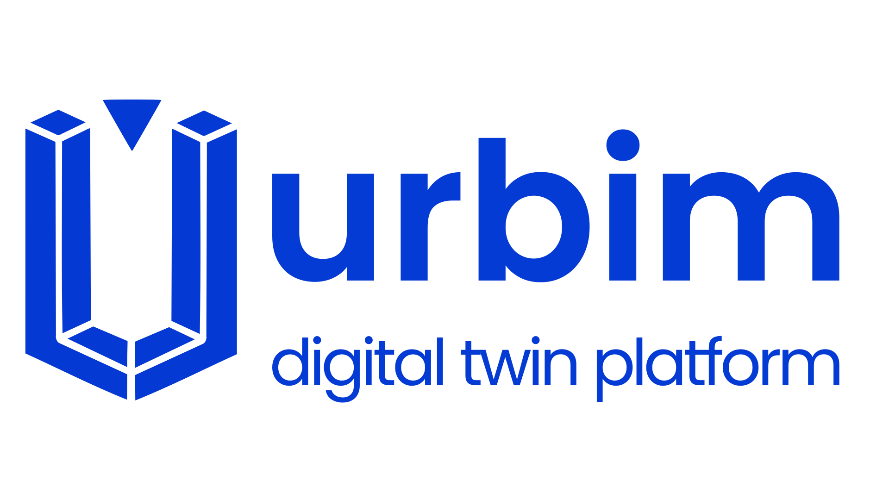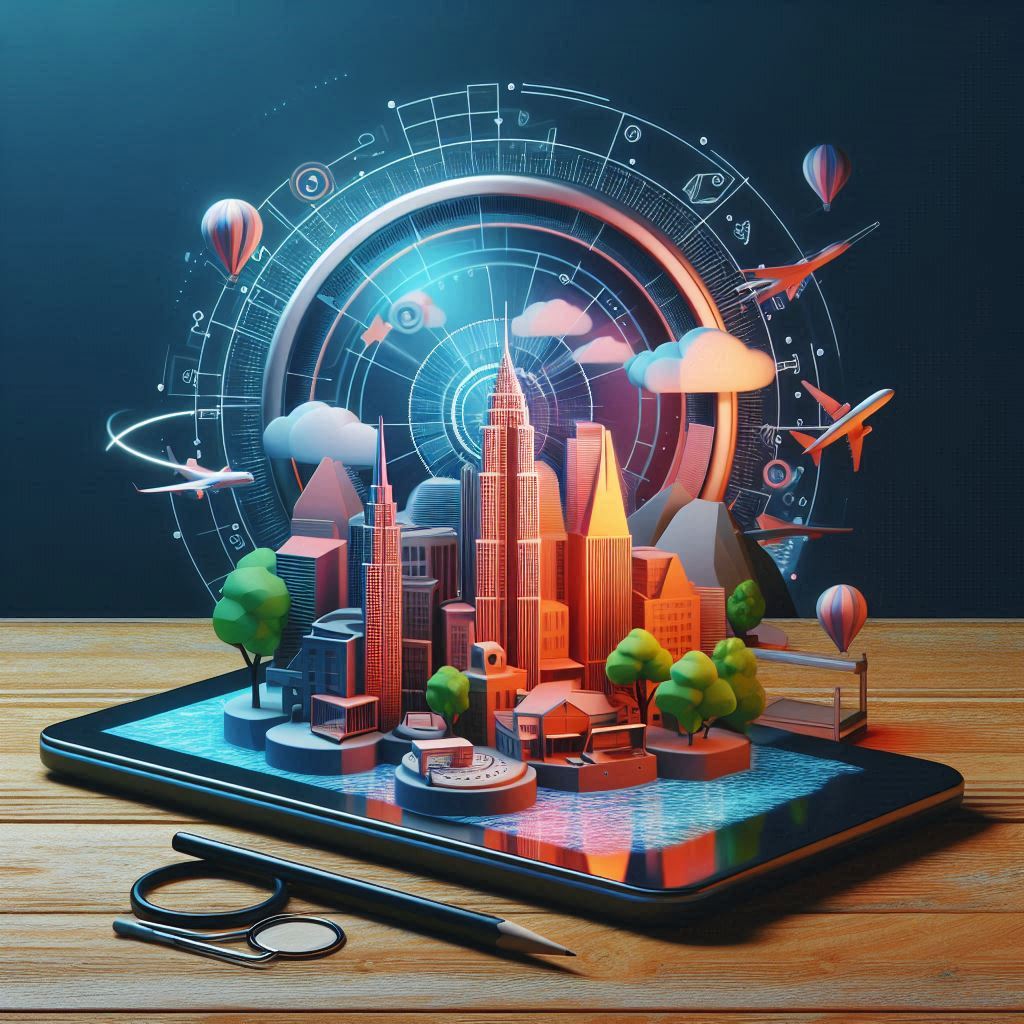In the rapidly evolving landscape of tourism, the integration of Building Information Modeling (BIM), Digital Twins, and the Metaverse is nothing short of revolutionary. These cutting-edge technologies are not only transforming how we design and manage tourist destinations but are also creating new, immersive experiences for visitors. By leveraging these innovations, the tourism industry can enhance operational efficiency, ensure visitor satisfaction, and stay ahead in an increasingly competitive market. Let’s dive deeper into how each of these technologies is shaping the future of tourism.
BIM: The Backbone of Modern Tourism Infrastructure 🏛️
Building Information Modeling (BIM) has become the cornerstone of modern infrastructure development, particularly in the tourism sector. By providing a comprehensive digital representation of physical spaces, BIM allows for meticulous planning, design, and management of tourist sites. Whether it’s a historical landmark or a state-of-the-art amusement park, BIM enables tourism managers to optimize space utilization, streamline maintenance procedures, and enhance the overall visitor experience.
For instance, BIM can be used to simulate visitor flows and identify potential bottlenecks in popular tourist destinations. This proactive approach helps in minimizing congestion, thereby improving the visitor experience and ensuring safety. Furthermore, BIM’s ability to integrate with other systems allows for real-time updates and modifications, making it an invaluable tool for managing large-scale tourist attractions.
Digital Twins: Real-Time Monitoring and Predictive Analysis 🎯
A Digital Twin takes the concept of BIM a step further by creating a dynamic, real-time digital replica of a physical object or system. In tourism, Digital Twins provide an unprecedented level of insight into the operation of tourist destinations. By continuously monitoring real-time data, Digital Twins can simulate various scenarios, predict potential issues, and offer solutions before problems arise.
For example, a Digital Twin of a popular tourist site could simulate the impact of a sudden influx of visitors during peak season. By analyzing this data, site managers can implement strategies to optimize visitor flow, enhance safety measures, and even tailor services to meet the specific needs of different visitor groups. This level of predictive analysis not only improves operational efficiency but also ensures a high level of visitor satisfaction.
Metaverse: Unlocking Immersive Virtual Tourism Experiences 🌐
The Metaverse is revolutionizing the tourism industry by offering immersive, interactive experiences that transcend physical boundaries. Imagine exploring the ancient ruins of Machu Picchu or walking through the streets of Paris, all from the comfort of your home. The Metaverse allows potential visitors to take virtual tours of destinations, providing them with a taste of what to expect before they even book their trip.
This capability is not only a powerful marketing tool but also a means of making tourism more accessible to those who may not have the means to travel physically. For example, virtual reality (VR) experiences can bring the wonders of the world to elderly individuals or people with disabilities, allowing them to experience destinations they might otherwise never visit.
Moreover, the Metaverse is opening new avenues for revenue generation in the tourism industry. From virtual souvenirs to exclusive online events, the possibilities are endless. By integrating the Metaverse into their offerings, tourism businesses can create unique, memorable experiences that appeal to a broader audience.
The Synergy: Creating a Unified Digital Ecosystem for Tourism 🚀
When BIM, Digital Twins, and the Metaverse are combined, they create a powerful digital ecosystem that revolutionizes how tourist destinations are managed and experienced. BIM lays the groundwork by providing detailed digital blueprints, which can then be used to create Digital Twins for real-time monitoring and predictive analysis. These Digital Twins, in turn, can be integrated into the Metaverse, offering immersive virtual experiences to a global audience.
This synergy not only enhances the efficiency and effectiveness of tourism management but also provides a richer, more engaging experience for visitors. For example, a tourist could use a VR headset to explore a digital twin of a historical site within the Metaverse, while simultaneously receiving real-time information about the site’s current conditions, visitor density, and even ongoing events. This integrated approach ensures that both physical and virtual visitors have access to accurate, up-to-date information, enhancing their overall experience.
Conclusion: Embracing the Digital Future of Tourism
The tourism industry stands at the threshold of a digital revolution, driven by the integration of BIM, Digital Twins, and the Metaverse. These technologies offer unprecedented opportunities for enhancing operational efficiency, improving visitor satisfaction, and creating new revenue streams. By embracing this digital transformation, tourism stakeholders can not only stay ahead of the competition but also contribute to the sustainable growth of the industry.
In a world where digital and physical experiences are increasingly intertwined, the future of tourism lies in the seamless integration of these technologies. As we move forward, the challenge will be to harness the full potential of BIM, Digital Twins, and the Metaverse to create tourist experiences that are not only innovative and engaging but also inclusive and sustainable.
For more insights into how digital technologies are transforming various industries, check out our related articles:
- Cybersecurity in Digital Twins
https://urbim.io/es/cybersecurity-digital-twins 🔒 - The Role of AI in Tourism
https://urbim.io/es/ai-in-tourism 🤖 - Sustainability in Smart Cities
https://urbim.io/es/sustainability-smart-cities 🌱 - How Digital Twins Are Revolutionizing Industries https://www.forbes.com/councils/forbestechcouncil/2024/05/30/power-of-clones-how-digital-twins-are-shaping-the-future/
- The Impact of AI on the Tourism Industry
https://www.weforum.org/agenda/2023/12/how-is-ai-reshaping-the-travel-tourism/
- Sustainability in Smart Cities: Building Resilient Urban Centers
https://www.mckinsey.com/capabilities/operations/our-insights/smart-cities-digital-solutions-for-a-more-livable-future





